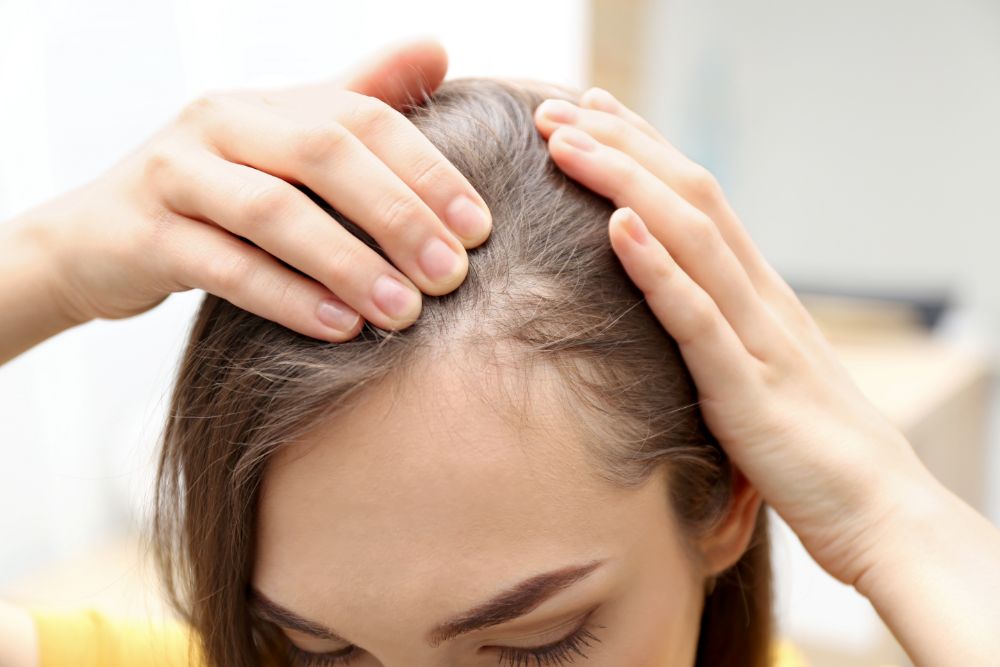
We still have a lot to learn about how COVID disrupts the body’s natural functions. The disruptions we already know about require further research before we can fully understand their long-term implications. Meanwhile, alternative therapies are being suggested for some of the complications associated with COVID.
Take COVID-related hair loss. It is not the same thing as androgenetic alopecia, but it’s no less devastating to those patients who experience it. Platelet-rich plasma (PRP) therapy is being offered as a possible treatment. Does it work? We don’t really know at this point.
A Different Kind of Hair Loss
PRP therapy is already used widely to treat androgenetic alopecia. Known informally as just alopecia, this particular form of hair loss is the most common. But it is not the type of hair loss that COVID patients seem to be dealing with. Their hair loss is known as telogen effluvium (TE). It is typified by thinning on the top of the head.
Medical science is not quite clear on why COVID seems to trigger TE. Nonetheless, there has been a noticeable uptick in TE cases among patients who have also acquired COVID at some point. Even more interesting is the fact that COVID-related TE seems to affect women more often than men.
Treating with PRP Therapy
Some clinicians are choosing to address TE with PRP therapy due to the generally good results we have seen with PRP and alopecia. PRP therapy is a form of regenerative medicine that seeks to enhance the body’s ability to heal itself.
PRP therapy is one of the many options offered at Lone Star Pain Medicine in Weatherford, TX. Lone Star doctors tend to recommend PRP therapy to treat soft tissue injuries and musculoskeletal diseases. However, they do acknowledge that PRP is generally accepted as an alopecia treatment.
Lone Star explains that PRP therapy begins with a simple blood draw. Patients donate their own blood, so there is no chance of rejection during treatment. That blood is processed in a specialized centrifuge in order to isolate platelets and growth factors. The resulting material is then injected at the site of the injury or disease.
Applying PRP to the Scalp
PRP injections are fairly straightforward when you are talking about a muscle or joint. The scalp is another matter. Applying PRP to the scalp can be accomplished through targeted injections as well. But there is also the possibility of using a dermal roller.
A dermal roller is a micro-needling tool that contains dozens of small needles mounted on a roller. A small tank holds the PRP material and injects it under the skin as the roller is moved across the scalp.
Individual Results Vary
PRP therapy has undergone very few clinical trials because such trials are not required under FDA regulations. As an autologous therapy utilizing minimally manipulative material donated by the patient being treated, PRP therapy is already considered safe. As for its results, they vary by individual.
Some patients swear by PRP therapy’s ability to get them back into good health following a soft tissue injury. Some say it is the only treatment that helps their alopecia. But there are also those patients who report either minimal efficacy or none at all. We are bound to see a similar situation where COVID-related hair loss is concerned.
Time will tell whether PRP therapy is an effective treatment for TE. If it does work for a fair number of patients, expect more doctors to offer it as a TE option. If it turns out that PRP therapy doesn’t work, it will fade away into medical science history.
